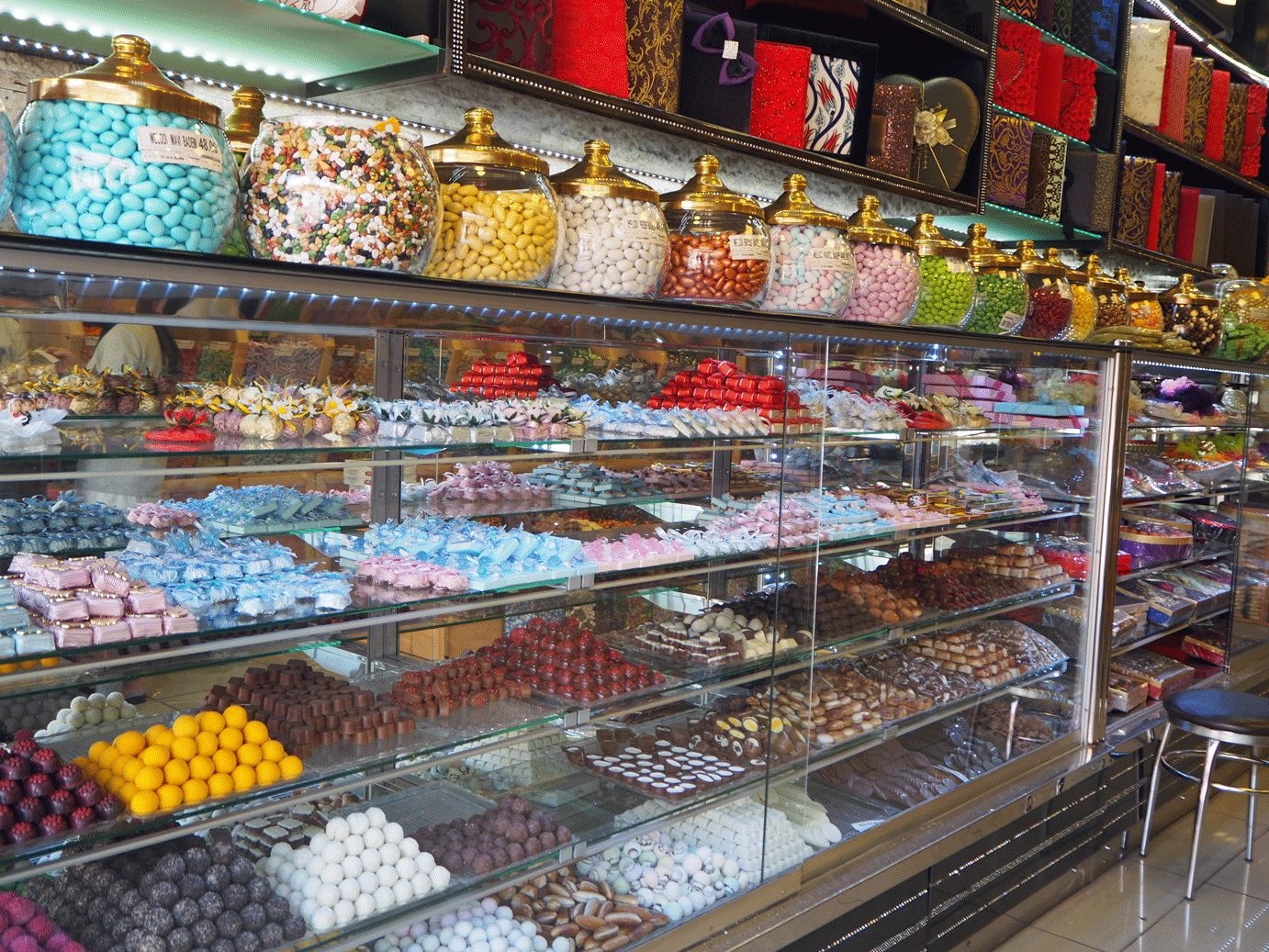It was a slow start to the morning for us, after the previous night’s events. It was no better for Ali and Marcelo.
We headed off to climb the Galeta Tower on our way to get a ferry over to Kadakoy on the Asian side of the city, for lunch. When you get married in Istanbul, it must be the tradition to have your photo taken in front of the tower. There were a steady stream of brides rolling up to be shot.
Graffeti abounds
While the temperature was climbing rapidly again, the sea breeze across the bay kept things a bit measured. Dolphins jumped next to our ferry and gulls swarmed chasing schools of pilchards.
We weren’t the only ones who had decided to cross the bay for lunch. It seemed that most of Istanbul was on the hunt for a restaurant seat. Luckily there, there seemed to be more seats than there are inhabitants.
Not only was the start to the day slow, but the whole day seemed to be unfolding at a similar pace. WE wandered around the back streets and explored a few shops, before the ferry home and the walk back up the hill to our hotel.
Away from the water and its accompanying sea breeze, things were hot. We were a lather of sweat by the time we were half way back to our hotel and ducked into Ali’s favourite book shop where we found a book of walking tours of Istanbul.
After a swim and a cool down we headed off to the Pera Palace Hotel. It was next door. Out of the 1800’s it was the place that Agatha Christie stayed at and most of the notables. It was a palace of political intrigue as, at that time most countries with diplomatic relations with Turkey were located near by and came her for a drink and dinner. Today it still smells of the era, the lounges antique and unfortunately empty.










































































